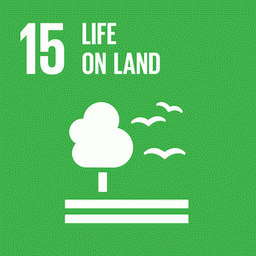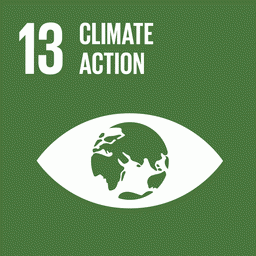By Camila Santana*
One of the world’s most active agricultural frontiers, the transition zone between the Cerrado and the Amazon, has been characterized by the intensification of pastures and their replacement by mechanized production of crops such as soy, cotton and corn.
Some management practices, such as intentionally setting fires to clear areas for cultivation, show the relationship between fire and deforestation. In the last 36 years, deforestation related to this type of fire represented 4% of the area burned in the Cerrado and 13% in the Amazon.
In an article published in the scientific journal Nature, researchers from IPAM (Instituto de Pesquisa Ambiental da Amazônia) and other institutions analyzed data from the MapBiomas and MapBiomas Fogo networks that reveal the influence of time on fire activity following changes in land use.
The research shows that after clearing an area with fire, the risk of fires takes years to gradually decrease, with their complete elimination occurring in up to eight years in the Amazon and seven years in the Cerrado. Where deforestation is more recent, the study reveals, is precisely where there is a greater risk of forest fires.
“The results are important for understanding the impacts of changes in land use on fire regimes in the two biomes,” says Ludmila Rattis, a researcher at IPAM and the Woodwell Climate Research Center and one of the study’s authors. “The data can help develop more effective strategies for fire management and protection of native vegetation,” she says.
The research also found that pastures converted to industrial crops such as soybeans, corn, and cotton results in faster fire suppression, with low rates of activity in the first few years after the transition. This suggests that mechanized agriculture can contribute to reducing fires in the region.
Impact over the years
The findings help to understand how human activities affect fires. Before the study, the consensus was that the expansion of agriculture and the change from forest to pasture were the main causes of fires in the Amazon and Cerrado. The data shows that the more the forest is turned into pasture, the more common the fire occurrence becomes – especially in hot, dry periods. In addition, the older the agricultural area, the fewer the fires.
Hence, it is imperative to incorporate the time factor into climatic ones when analyzing fire risks. “Most importantly, we argue that preventing further deforestation and protecting native vegetation are fundamental to ensuring the preservation of forests that regulate the regional and global climate,” the researchers state in the study.
IPAM Communications Analyst, camila.santana@ipam.org.br*
Cover photo: Victor Moriyama/ Amazônia em Chamas


